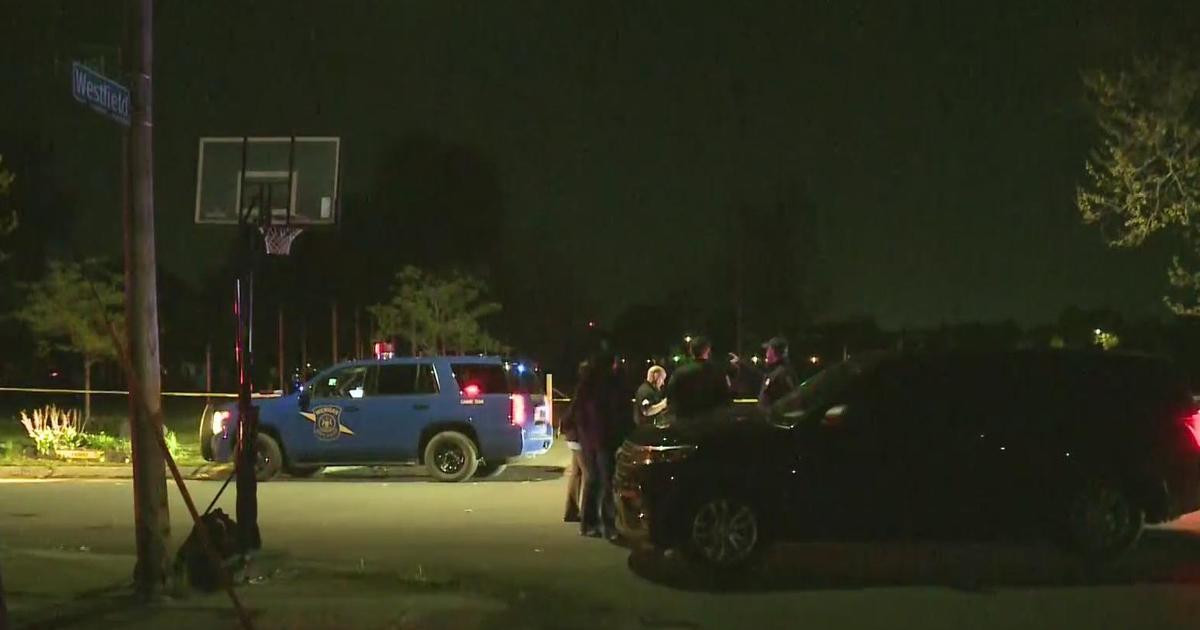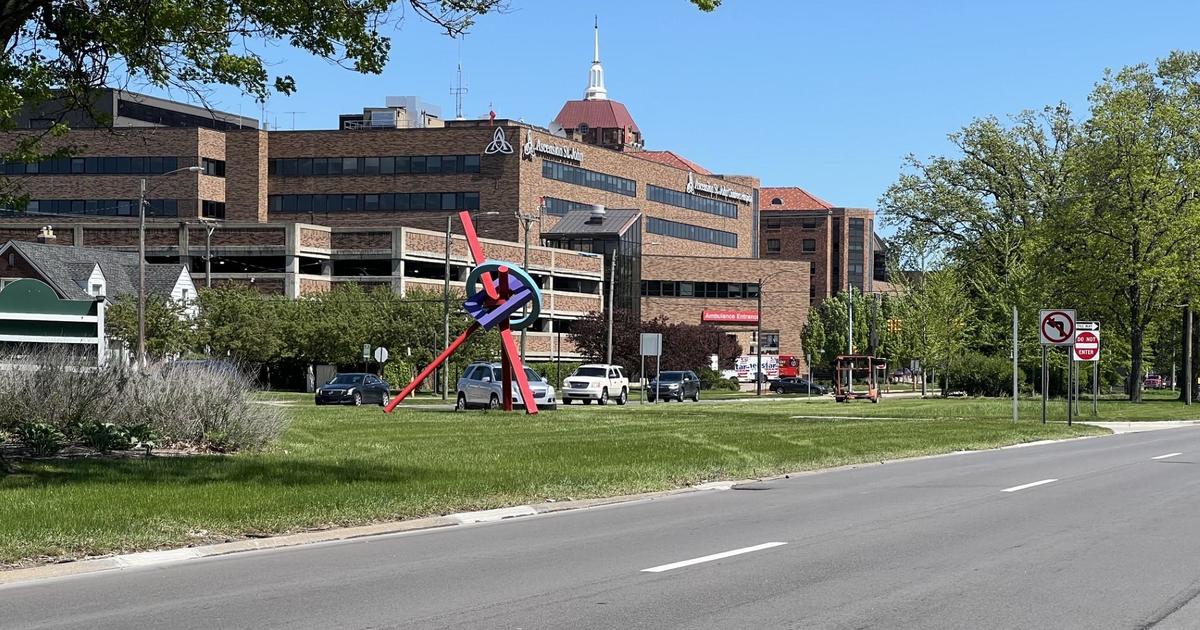A look into the traits of a mass shooter
(CBS DETROIT) - We often hear after a mass shooting that mental health is to blame.
However, a Columbia University research study found that of the 1,800 mass murders, only 8% of all mass shooters were diagnosed with a severe mental illness, such as schizophrenia or severe bipolar disorder.
READ: Mass shootings remain rare compared to overall gun violence
"I think that most people will be surprised by this finding," said Dr. Ragy Girgis, with the Department of Psychiatry at Columbia University.
Girgis, who conducted the research, says it is possible some may not be diagnosed, but even then most with severe illness are less likely to be mass shooters.
"Mass murderers with psychotic illness are much less likely to use firearms, much more likely to use other methods," Girgis said.
His research, however, did find a larger percentage of mass shooters -- 25% -- suffered from less severe mental illnesses like depression and anxiety.
But that closely mirrors the general population.
"The goal was to figure out who mass shooters are," said Jillian Peterson, founder of The Violence Project.
Peterson and co-founder James Densley analyzed mass shootings all the way to 1966. Through years of research, they have identified four defining moments that most perpetrators experience on the way to a mass shooting.
The path of violence often begins with early childhood trauma.
- At a young age, 42% of all mass shooters experienced physical abuse, sexual abuse, parental suicide, or were a victim of severe bullying.
- Researchers say if unaddressed, later in life, the trauma can feed a perpetrator's rage.
The second step on the pathway to violence is a crisis:
- A loss of a job, a breakup, a feeling of hopelessness.
- In many cases, it's a suicidal crisis. Seventy-two percent of mass shooters were suicidal either before and at the time of the shooting.
Those suicidal thoughts lead to the third step, radicalization.
The Violence Project found perpetrators time and again search guidance -- going to the internet, reading manifestos of past gunmen, ending up in chat rooms where mass shooters are revered, and many then share their own plans.
Forty-four percent of mass shooters leaked their plans, often posting about it on social media.
The final stage is access to a firearm. According to the National Institute of Justice, 77% of mass shooters got their guns through a legal purchase, often gaining access close to the time of the shooting.
"We are not saying here's the checklist – if you have done this, this, and this – you are going to be a school shooter. But it's looking at these warning signs. What is the commonality? What do we see happening in these perpetrators' lives over and over and over again," Peterson said.
By knowing the pathway, Peterson and Densley say we now know where to intervene, adding that everyone has a role to play.
"If it's something like safe storage of a firearm at home if you have a teenager at home, or if it is something like reaching out with an act of kindness to somebody that you know is struggling. Or if you see something, saying something and reporting that so there is an intervention in place, we all play that role and mentor the young men in our lives to try and prevent this from ever happing again," Densley said.



